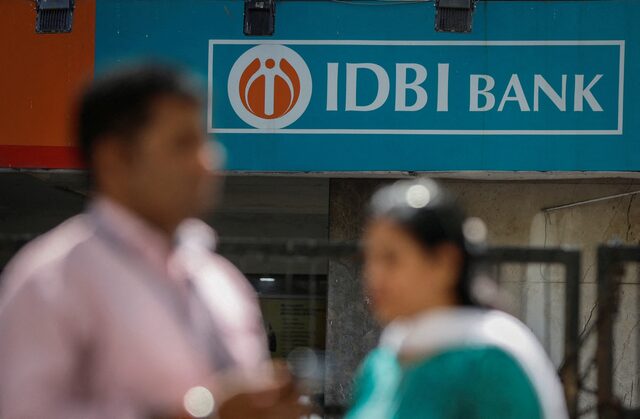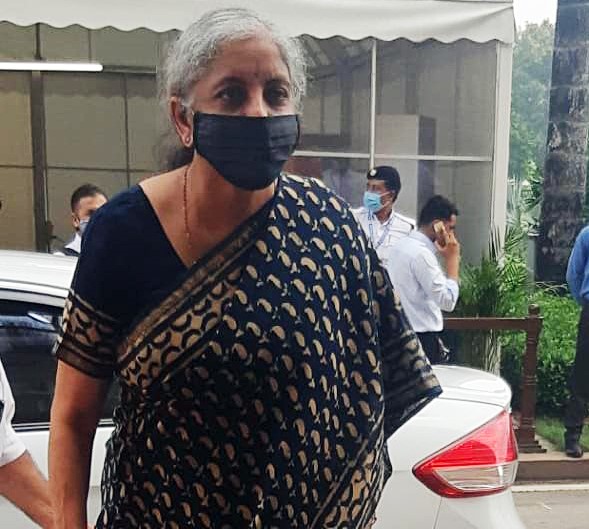Private investment will soften due to higher cost of borrowing for firms as the RBI continues to raise policy rates to contain inflation
Our Bureau
New Delhi
Asian Development Bank (ADB) on Thursday trimmed India’s economic growth forecast for current fiscal year to 7.2 per cent from 7.5 per cent as pandemic and war impact is weighing down alongside inflationary pressures. India, however, will continue to surpass China which is expected to grow by 4 per cent in 2022 as against the earlier estimate of 5 per cent. In 2023 also, China is expected to grow by 4.8 per cent.
In April, the Manila-headquartered multilateral funding agency had forecast the Indian economy to grow by 7.5 per cent. For India, ADB also revised downwards the economic growth in fiscal ended March 2022 to 8.7 per cent from 8.9 per cent estimated earlier.
“India has been hit by the omicron Covid-19 variant and the economic impact of the war in Ukraine. Consequently, GDP growth for FY2021 is revised down from 8.9 per cent to 8.7 per cent and from 7.5 per cent to 7.2 per cent for FY2022 (fiscal to be ending in March 2023).
“Although consumer confidence continues to improve, higher-than-expected inflation will erode consumer purchasing power,” ADB said in its supplement to the Asian Development Outlook (ADO) for 2022 released on Thursday. Some of the impacts of this may be offset by a cut in excise duties, provision of fertilizer and gas subsidies, and extension of a free food distribution programme.
Private investment will soften due to higher cost of borrowing for firms as the RBI continues to raise policy rates to contain inflation.
For South Asian region — which includes India — it has lowered the growth forecast from 7 per cent to 6.5 per cent for 2022 and from 7.4 per cent to 7.1 per cent for 2023, mainly due to economic crisis in Sri Lanka and high inflation and associated monetary tightening in India.
South Asia’s economy is expected to expand less than ADO 2022’s projection. This mainly reflects a modest downward revision to India’s forecast GDP growth due to higher-than anticipated inflation since April and monetary tightening, and Sri Lanka’s sharp GDP contraction due to the country’s sovereign debt and balance-of-payment crises.
For India, it said net exports will shrink due to subdued global demand and a rising real effective exchange rate eroding export competitiveness despite a depreciating rupee.
On supply side, higher commodity prices will boost mining industry. But manufacturing firms will bear the brunt of higher input costs due to rising oil prices.
The services sector, hit hard by COVID-19 since 2020, will do well in FY2022 and beyond as the economy opens up and travel resumes. “The economic impact of the pandemic has declined across most of Asia, but we are far from a full and sustainable recovery,” said ADB Chief Economist Albert Park. On India’s inflationary outlook, ADB said for FY2022 it is revised up from 5.8 per cent to 6.7 per cent on higher-than-expected oil prices. The inflation projection for FY2023 is raised from 5 per cent to 5.8 per cent.

























